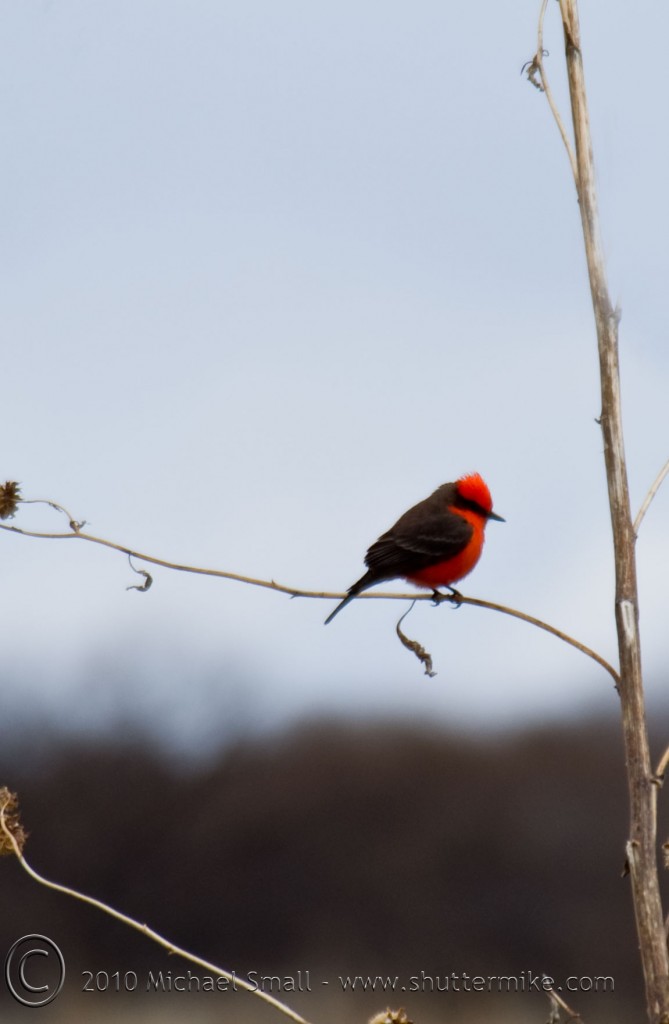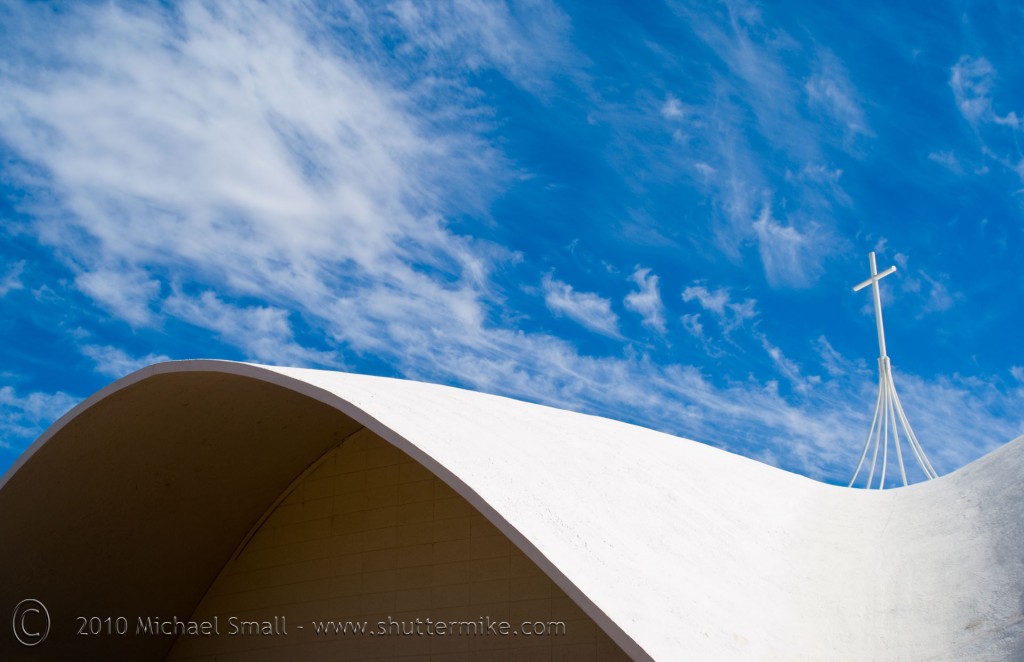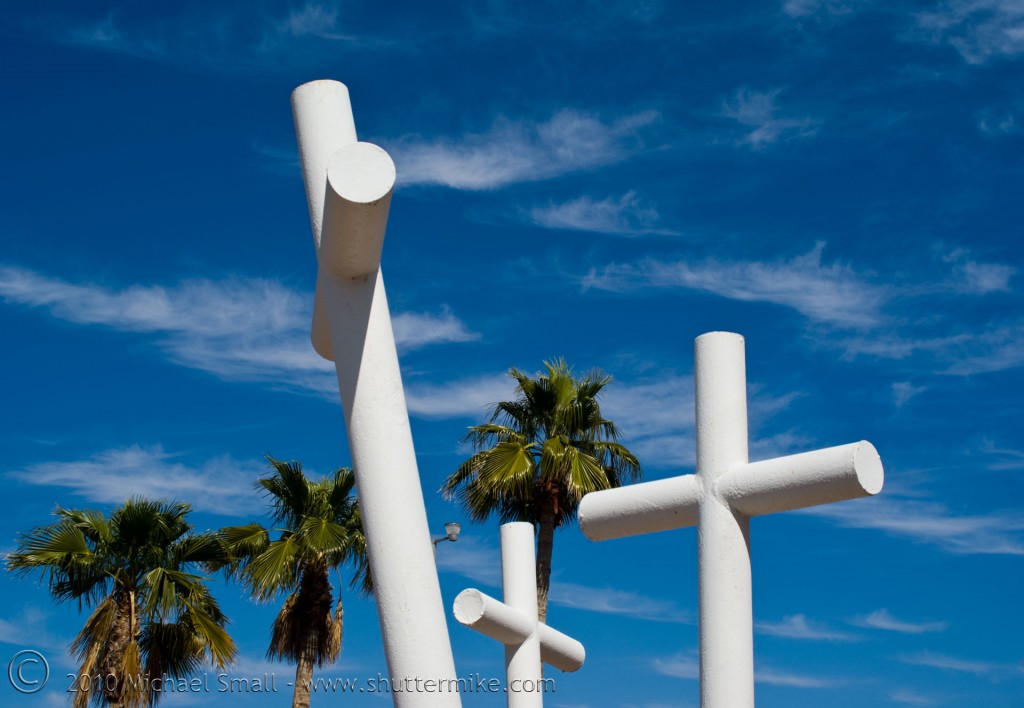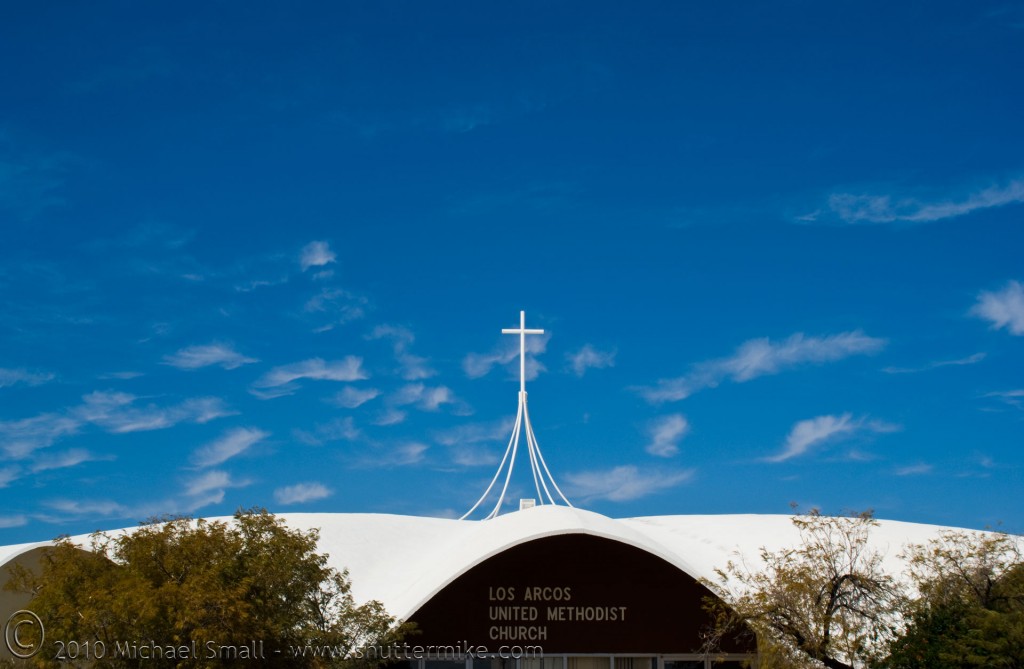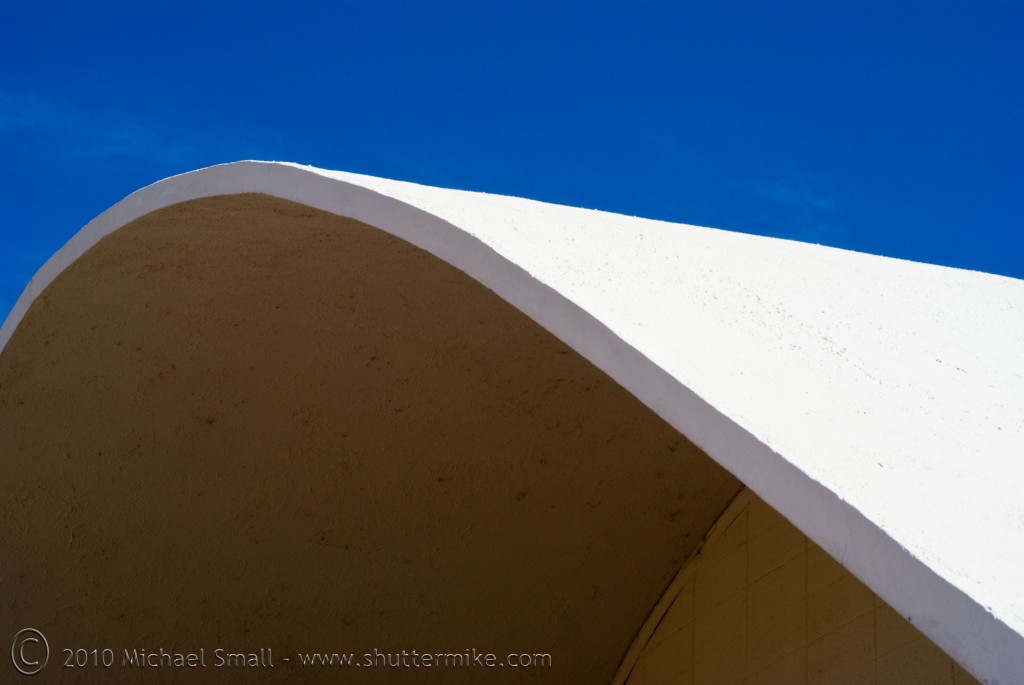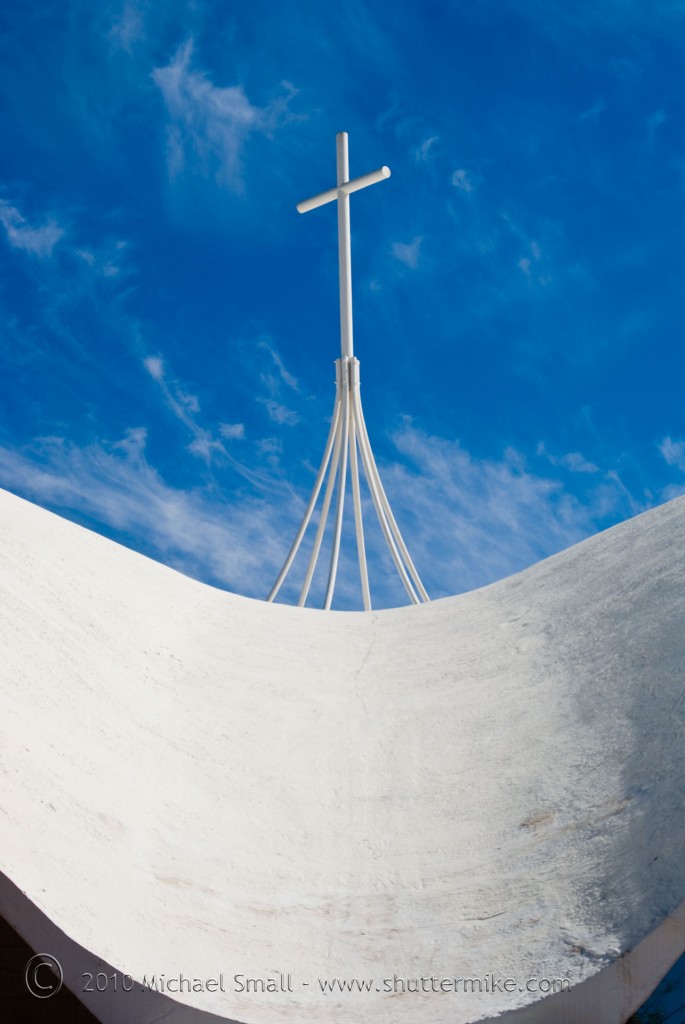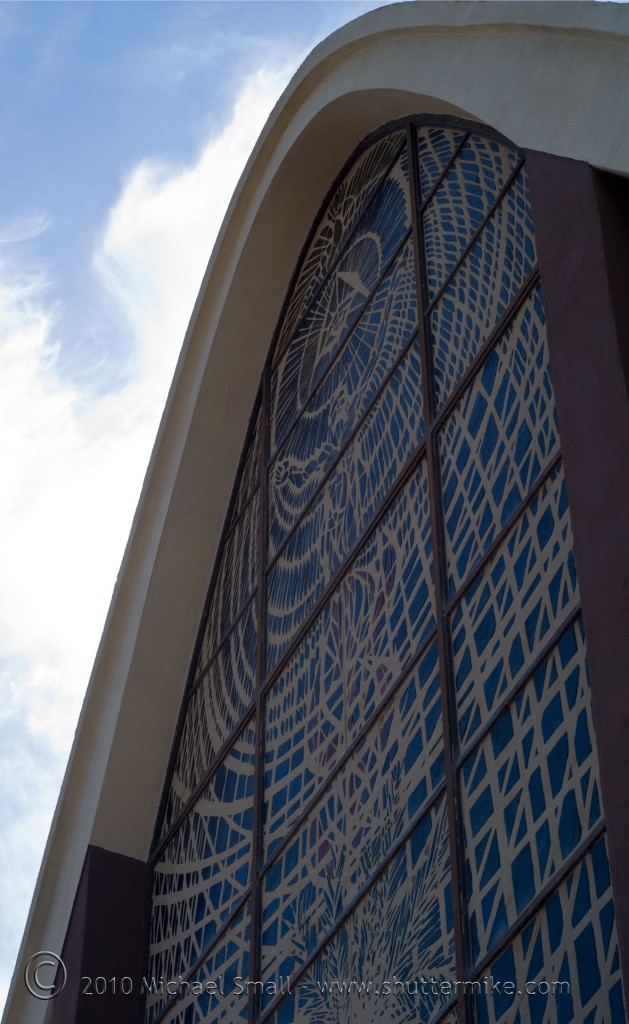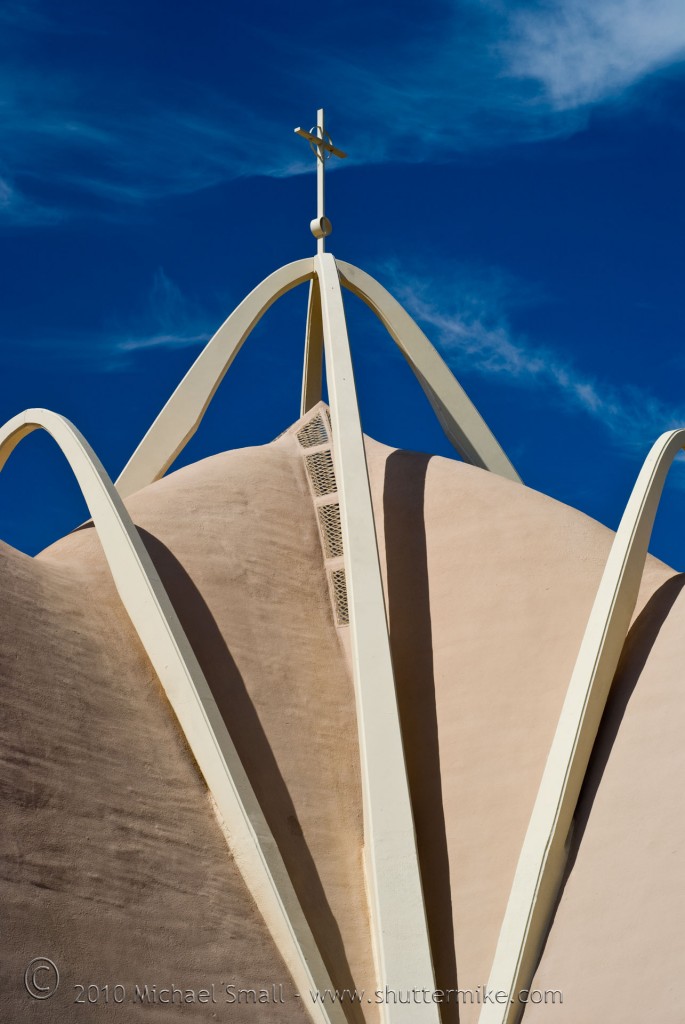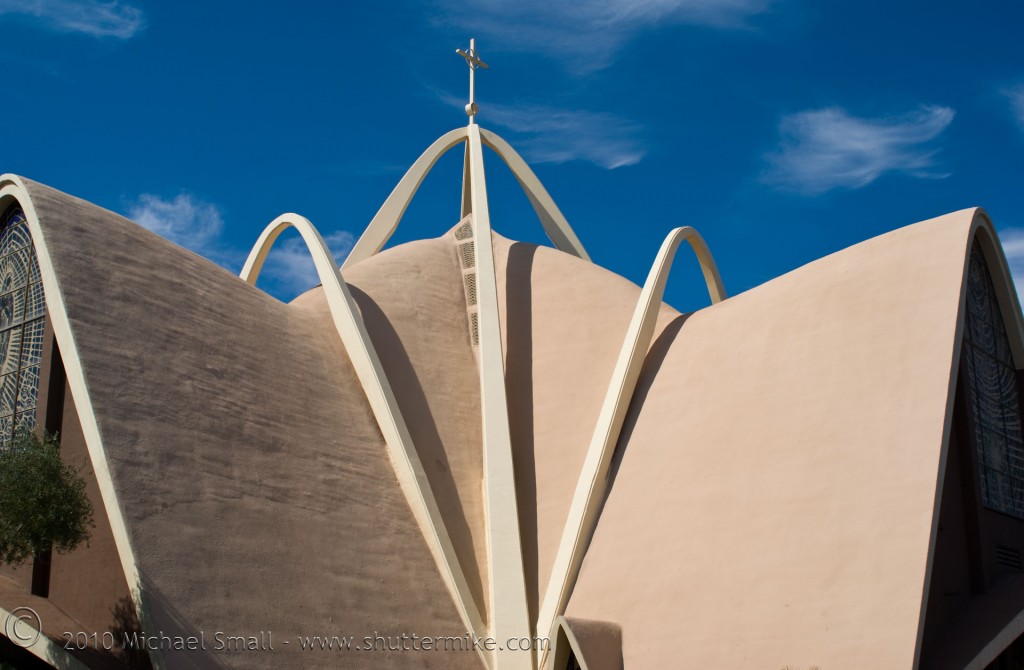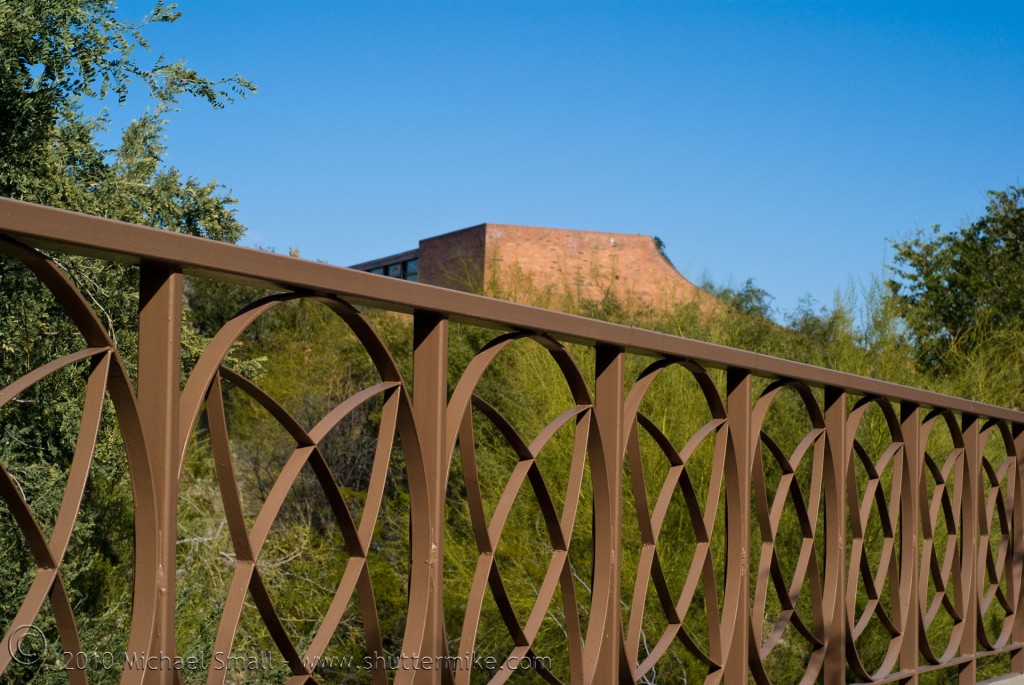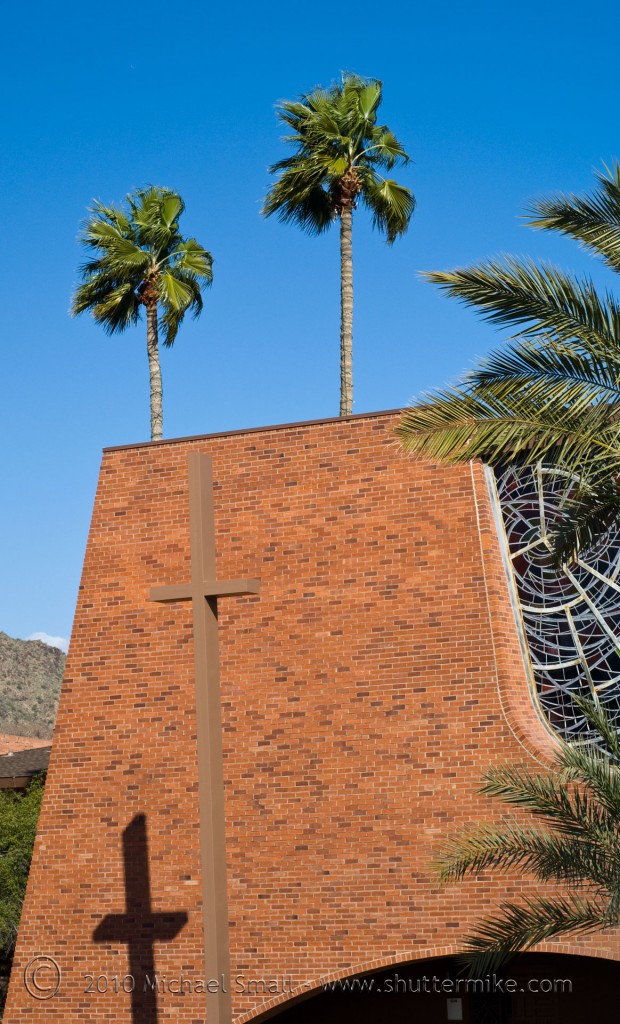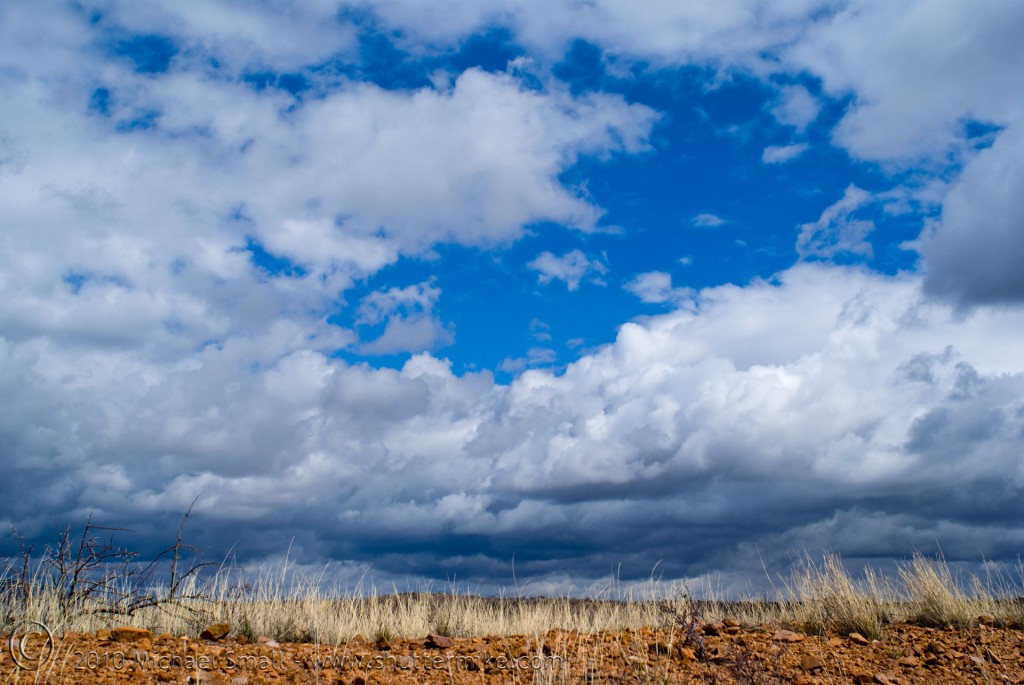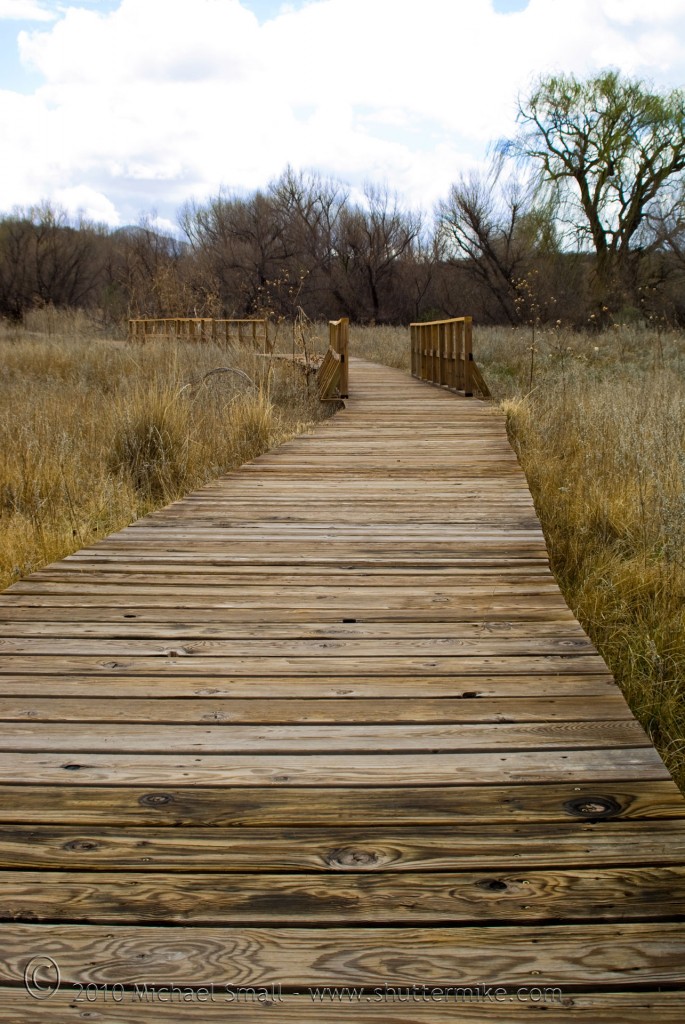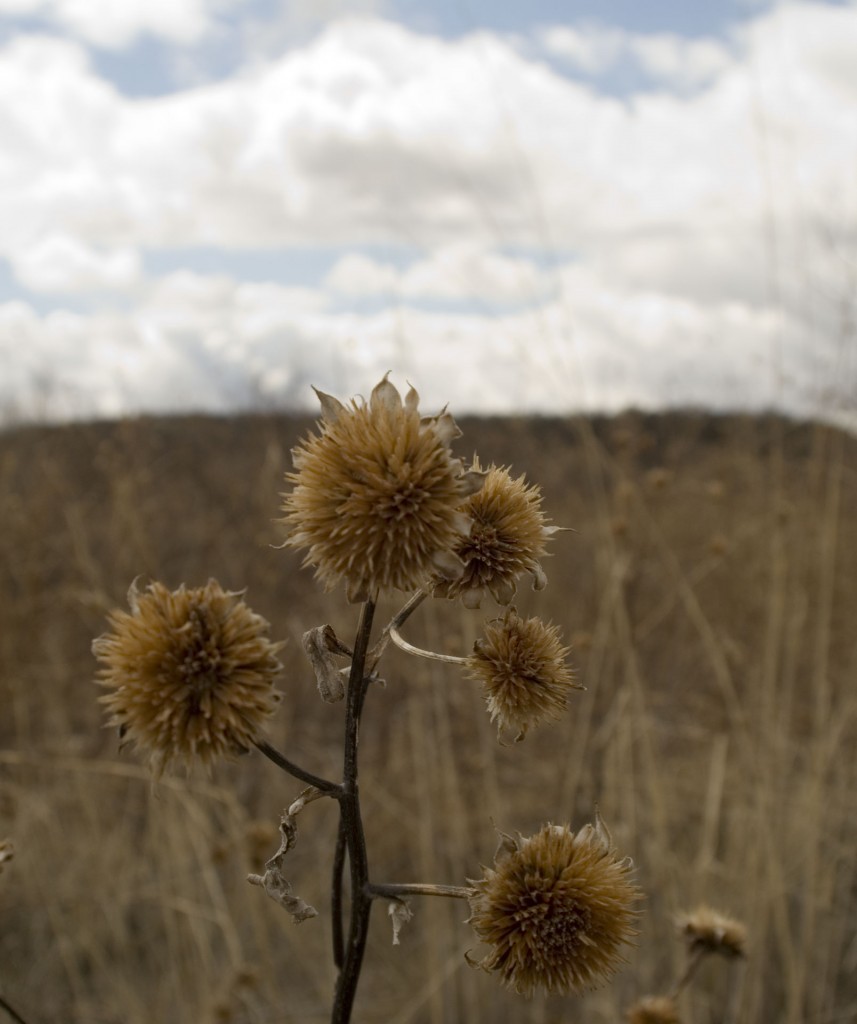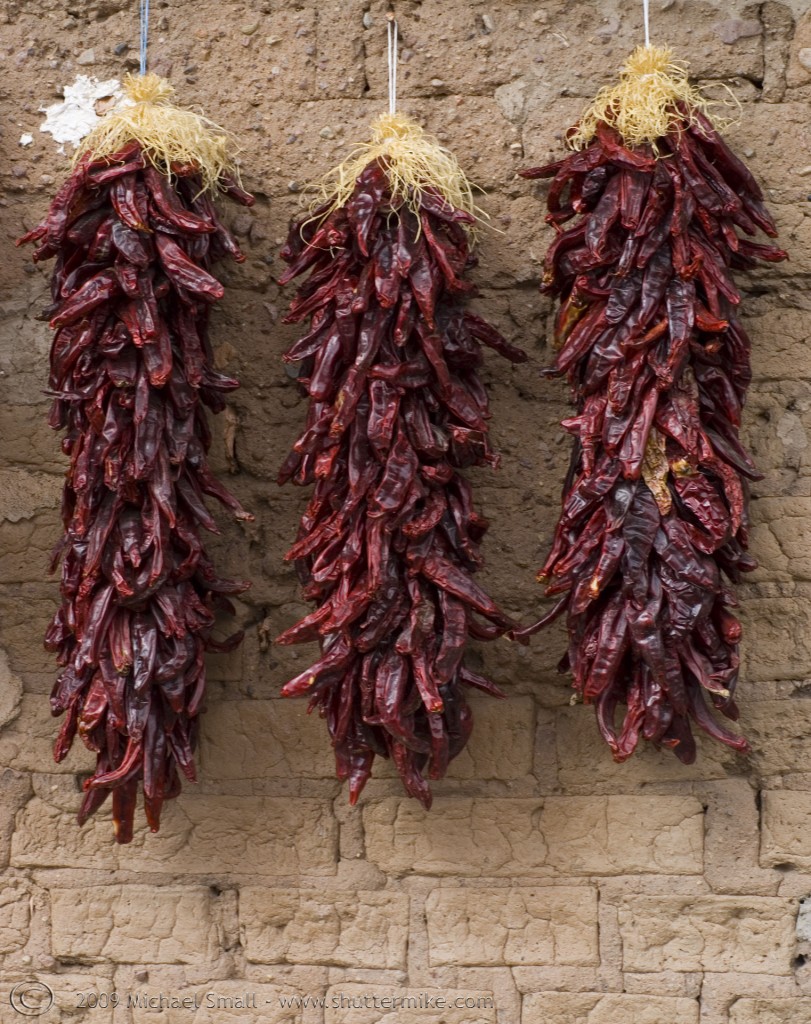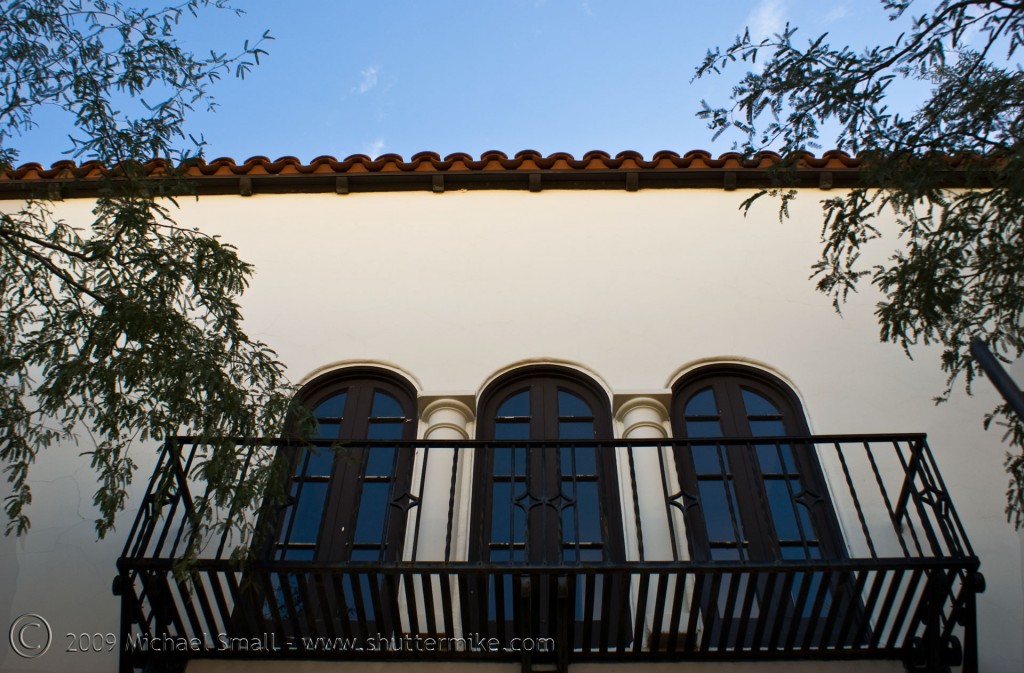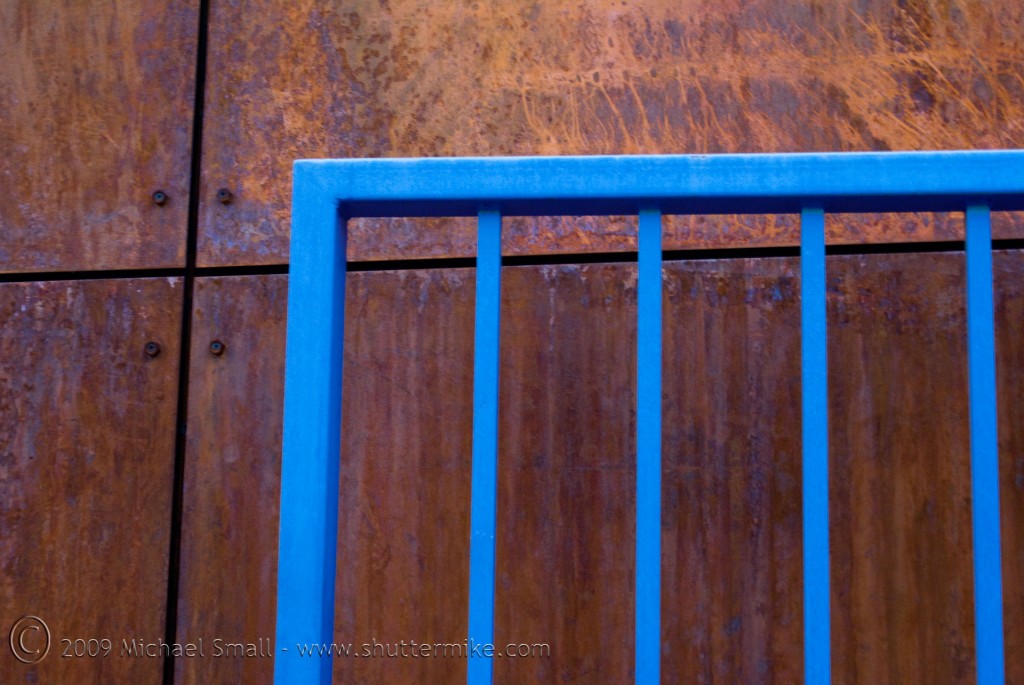12 Mar 2010
Five SEO Tips for Photography Blogs
General Photography, Photography Blogs, Photography Resources, Tempe Area Photography No CommentsHow to Implement Search Engine Optimization for Photography Blogs
Search Engine Optimization (SEO) is the process of enhancing your web site with the goal of driving more traffic to it. This is usually associated with moving your site closer to the top of the first page of search engine results so that more people find it and visit it. Most SEO tips and tricks revolve around optimizing written content for keywords. For most photo based blogs that presents a bit of a challenge given the minimal written content and focus on the visual. But there are still several things that you can do to help your photo blog SEO efforts and bring your site closer to the top of the search engine results for keywords that are relevant to your site.
Before you start to implement any of these Search Engine Optimization tips you will want to have an idea of the keywords that are most important to your site and that you want people to use to find you. Take some time to figure out what a searcher might be typing into Google or Bing that would be relevant to your site. Keep in mind that the broader the term the more competition and less likely you are to show up on page one. For example, photography is a very broad term that could lead to millions of sites. But Phoenix Arizona architecture photography is much more specific and therefore more likely to work for a site that is focused on this particular type of photography in this region.
Here are five SEO tips for photo blogs that are easy to implement with each post.
- Page Title Tags – The title tag is the wording that appears at the top of the search engine page. It is an important determinant to the search engines as to the content of the site. Make sure it is descriptive and has one of those keywords you are going after. But don’t ramble, keep it to about a dozen words give or take a few.
- Alt Image Tags – One thing a search engine spider cannot do when crawling a site to determine its content is decipher images. This can be a problem to a photography blog that is heavy on the images. But there is a way around this, alt image tags. This is search engine readable text that describes the photograph in words. If you are html savvy it can be added as part of the html code or most blogging programs have a way to add alt image tags when uploading images to a post. The same rules apply to alt image tags as page title tags, make it descriptive and use one of your keywords.
- Written Content – Your blog is all about your photography and you don’t want to clutter it up with words. But written content, to some degree, can be vital to improving your ranking in the search engines. It is this written content that allow the search engines to crawl your site and figure out what you are about and if you are relevant enough to show for a given search query. That doesn’t mean you need page after page of babbling text. But some good, concise, keyword optimized (not keyword stuffed) content describing the images can be very helpful. Do not shy away from the written word.
- Emphasize It – Don’t go crazy with this one, but formatting that makes something stand out to a human eye also makes it stand out to the search engine crawlers. Bold text and italicized text say “pay attention – this part is important.” Used correctly it can guide the search engine to the details of a page that are of particular importance to its overall theme.
- Inbound Links – The content on your site is important but so is who else thinks your site is important. The search engines determine this by looking at who is linking back to you. High quality sites that link to your site can be gold. You have to do some leg work and more than just comment on other blogs with a link to your site. Get your web site out there. Do guest posts, use Twitter, Facebook and other social media, discuss on forums, befriend other bloggers. Get people talking about and linking to your site.
Bonus – Meta Descriptions – Although most search engines no longer use meta descriptions as a factor in determining the relevance and rank of a website they can still be a useful tool. They are often used as the site description on the search engine results page (SERP) which means you can control those few lines of text that searchers see as the description of what your site is about when your page comes up in the search engines. If you tie in some of those keywords that you are trying to rank for and it is one of the words the searcher used they get bolded. That means you site could stand out a bit more as being the one that is relevant to what your searcher is looking for.
